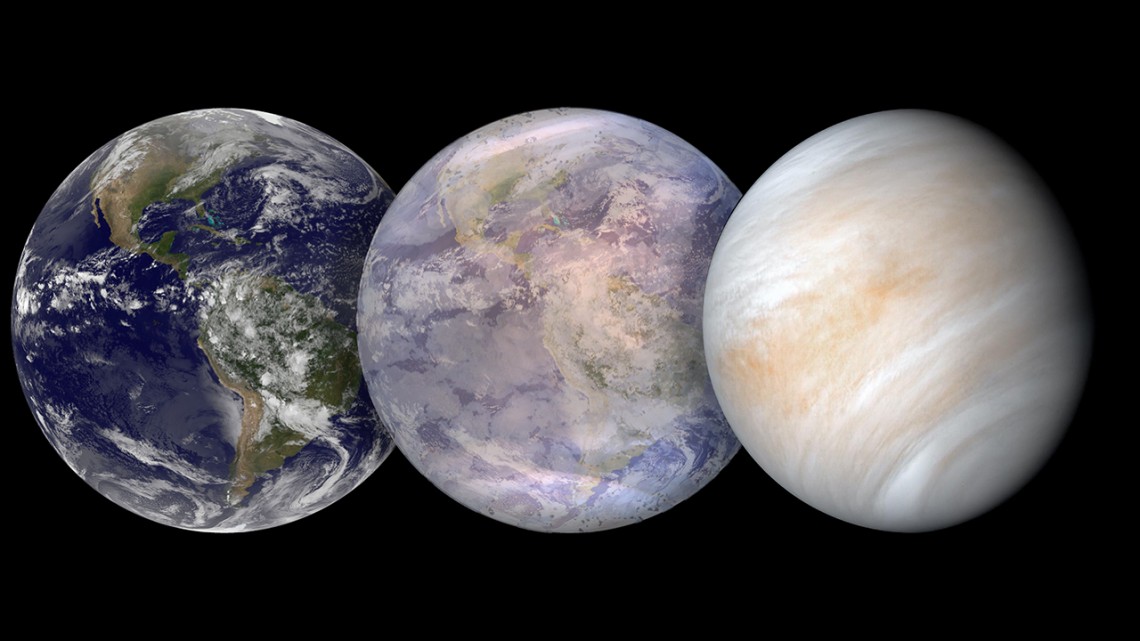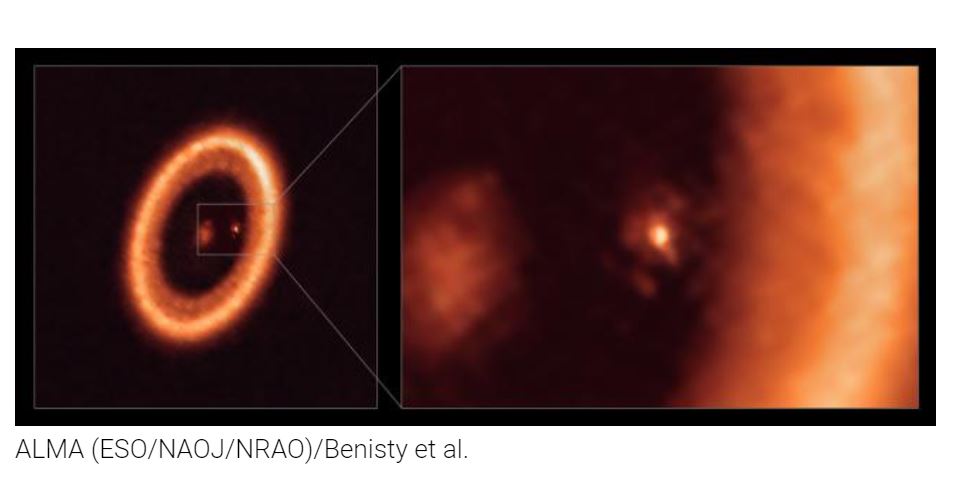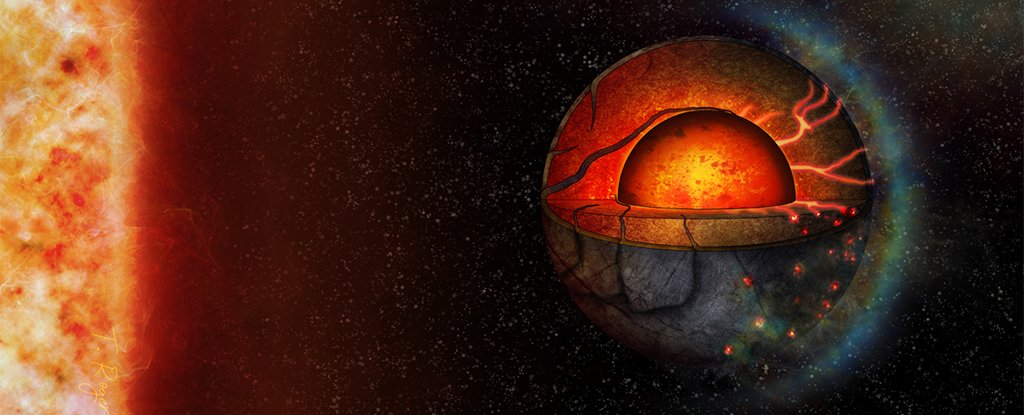
Artist impression showing the exoplanet LP 890-9c’s potential evolution from a hot Earth to a desiccated Venus.
How close can a rocky planet be to a star, and still sustain water and life? A recently discovered exoplanet may be key to solving that Edge of Habitabilitymystery.
“Super-Earth” LP 890-9c (also named SPECULOOS-2c) is providing important insights about conditions at the inner edge of a star’s habitable zone and why Earth and Venus developed so differently, according to new research led by Lisa Kaltenegger, associate professor of astronomy at Cornell University.
Her team found LP 890-9c, which orbits close to the inner edge of its solar system’s habitable zone, would look vastly different depending on whether it still had warm oceans, a ste...
Read More









Recent Comments